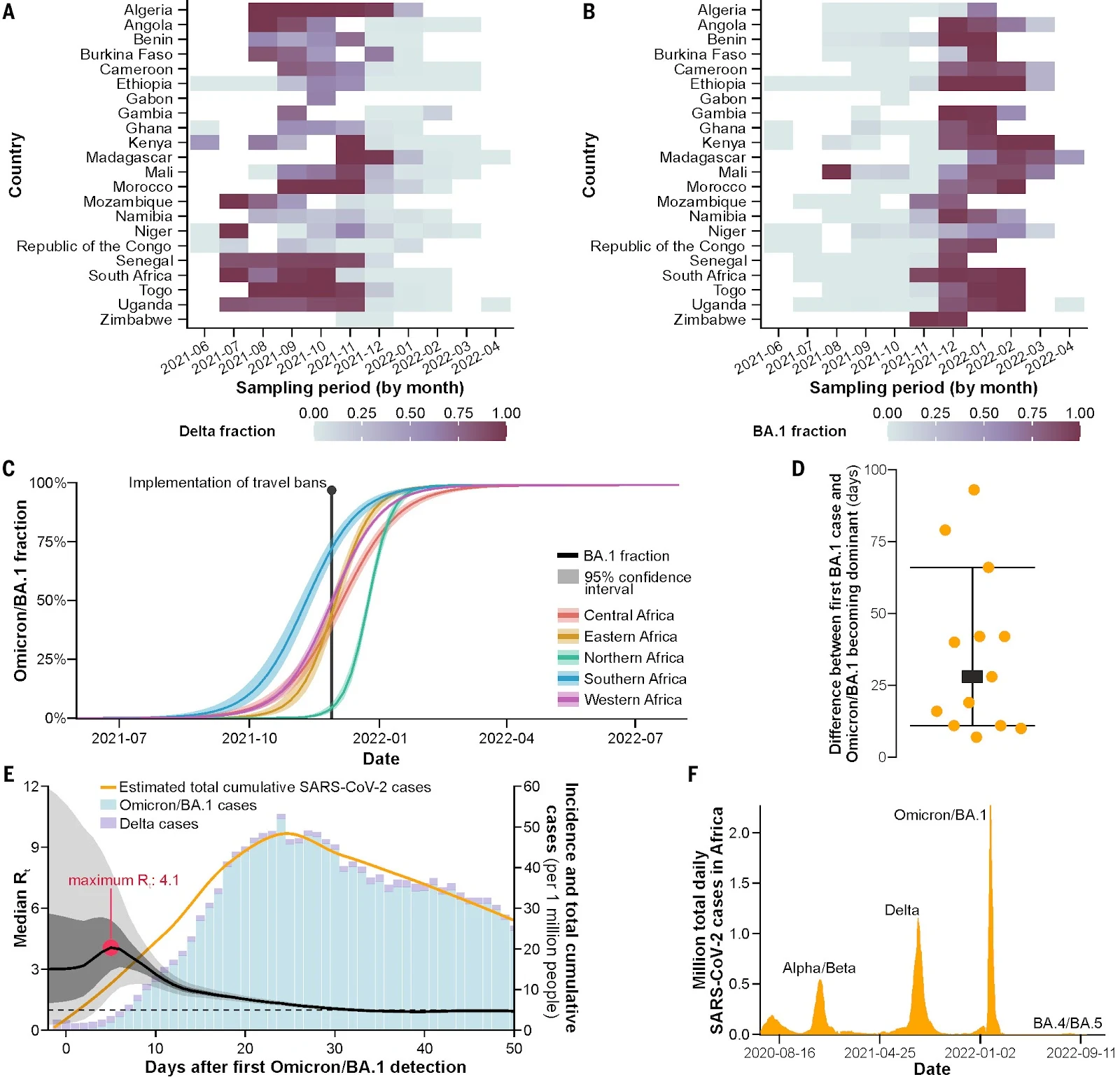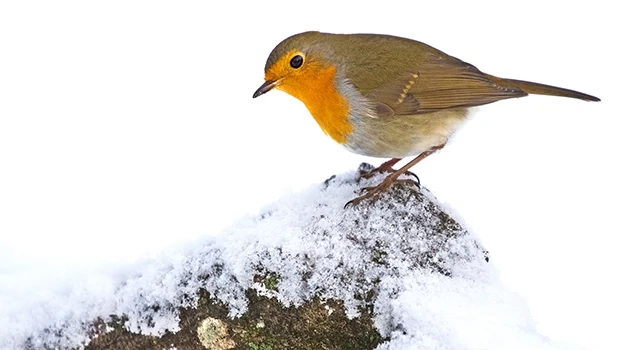Chaos Gives the Quantum World a Temperature | TU Wien
A central plank of Creationist pseudoscience, is the assertion, designed to appeal to those arrogant fools who believe their ignorant intuition is the best available measure of reality, is that you can't get order from chaos.
That this is just plain wrong can be seen by looking at clouds, where apparent form has emerged from increased order in the chaotic movement of molecules of water in water vapour. This is even more apparent in raindrops where the chaos of water droplets in clouds condenses into water droplets which fall under gravity to produce rain.
Another example of order from chaos results in an internal combustion engine working.
The working of the internal combustion engine depends primarily on one of the gas laws, Boyle's Law, which states that the volume of a given mass of gas is inversely proportional to the pressure when the temperature remains constant. When the compressed mixture of fuel and air is ignited the result is a very rapid increase in the number of molecules in the gas, which results in a rapid increase in volume, so the pressure rises, driving the piston down.
So, what has this to do with chaos?
Individual molecules of gas don't have any pressure in themselves, all they have is thermodynamic energy making them move. The faster they move the more they will impart that energy to the walls of the container (in this case the cylinder) and to one another when they collide. The distribution of the velocity (energy) of the population of molecules can be described by a bell-curve. In any mass of gas, individual molecules will have more or less energy around a mean and their direction of movement will be random. In other words, it is a system in chaos, from which order emerges by the operation of a few fundamental laws. The downward stroke of the piston is an emergent property from the chaos in the system. It is so well ordered that it is entirely predictable, and can be altered by changing the amount of fuel and air mixture injected into the combustion chamber, and yet it was caused by nothing more than basic thermodynamic and the chaotic movement of gas molecules.
There are many other examples of order from chaos in nature, of course. The swirls and eddies of water flowing round an obstacle or through a bridge; the graded order of grains of sand and pebbles on a beach; the organic shapes formed by drifting snow, etc.
And now we have a research paper by quantum physicists from the Institute for Theoretical Physics, Vienna University of Technology that (UT) argues that elementary laws of thermodynamics, and thus the behaviour of matter as we know it,
ONLY exists because the underlying structure from which they emerge is chaotic.
Admittedly, this is an area of science which is not easy to understand, especially for someone like me with no background in physics and quantum theory, so it is something for which most people like me, are ill equipped to judge intuitively. As I argued in my book,
What Makes You So Special: From The Big Bang To You, Intuition is a very unreliable measure of reality and not the best available measure of it as Creationists like to imagine. Having the humility to ignore intuition and go with the science is what distinguishes a good scientist from a Creation pseudoscientist. So, this is the explanation for why chaos is responsible for the existence of fundamental laws, and so of chemistry, cosmology, biology and just about all science and technology, provided by UT Vienna:
Chaos Gives the Quantum World a Temperature
Two seemingly different areas of physics are related in subtle ways: Quantum theory and thermodynamics. How chaos theory mediates between them has now been studied at TU Wien.
A single particle has no temperature. It has a certain energy or a certain speed - but it is not possible to translate that into a temperature. Only when dealing with random velocity distributions of many particles, a well-defined temperature emerges.
How can the laws of thermodynamics arise from the laws of quantum physics? This is a topic that has attracted growing attention in recent years. At TU Wien (Vienna), this question has now been pursued with computer simulations, which showed that chaos plays a crucial role: Only where chaos prevails do the well-known rules of thermodynamics follow from quantum physics.
Boltzmann: Everything is possible, but it may be improbable
Physically, it would be possible for all the energy in this space to be transferred to one single particle, which would then move at extremely high speeds while all the other particles stand still, But this is so unlikely that it will practically never be observed.
Prof. Iva Brezinova, co-author.
Institute for Theoretical Physics
Vienna University of Technology, Vienna, Austria
In quantum physics, the entire system is described by a single large many-particle quantum state. How a random distribution and thus a temperature should arise from this remained a puzzle for a long time.
Prof. Joachim Burgdörfer, co-author
Institute for Theoretical Physics
Vienna University of Technology, Vienna, Austria
However, this causes problems when dealing with quantum physics. When a large number of quantum particles are in play at the same time, the equations of quantum theory become so complicated that even the best supercomputers in the world have no chance of solving them.
In quantum physics, the individual particles cannot be considered independently of each other, as is the case with classical billiard balls. Every billiard ball has its own individual trajectory and its own individual location at every point in time. Quantum particles, on the other hand, have no individuality - they can only be described together, in a single large quantum wave function.
Chaos theory as a mediator
A team at TU Wien has now been able to show that chaos plays a key role. To do this, the team performed a computer simulation of a quantum system that consists of a large number of particles - many indistinguishable particles (the "heat bath") and one of a different kind of particle, the "sample particle" that acts as a thermometer. Each individual quantum wave function of the large system has a specific energy, but no well-defined temperature - just like a single classical particle. But if you now pick out the sample particle from the single quantum state and measure its velocity, you can surprisingly find a velocity distribution that corresponds to a temperature that fits the well-established laws of thermodynamics.
Whether or not it fits depends on chaos – that is what our calculations clearly showed. We can specifically change the interactions between the particles on the computer and thus create either a completely chaotic system, or one that shows no chaos at all - or anything in between.
Prof. Iva Brezinova.
Without making any assumptions about random distributions or thermodynamic rules, thermodynamic behavior arises from quantum theory all by itself - if the combined system of sample particle and heat bath behaves quantum chaotically. And how well this behavior fits the well-known Boltzmann formulae is determined by the strength of the chaos.
Prof. Joachim Burgdörfer.
The group's findings are published, open access, in the journal,
Entropy:
Abstract
One key issue of the foundation of statistical mechanics is the emergence of equilibrium ensembles in isolated and closed quantum systems. Recently, it was predicted that in the thermodynamic (N → ∞) limit of large quantum many-body systems, canonical density matrices emerge for small subsystems from almost all pure states. This notion of canonical typicality is assumed to originate from the entanglement between subsystem and environment and the resulting intrinsic quantum complexity of the many-body state. For individual eigenstates, it has been shown that local observables show thermal properties provided the eigenstate thermalization hypothesis holds, which requires the system to be quantum-chaotic. In the present paper, we study the emergence of thermal states in the regime of a quantum analog of a mixed phase space. Specifically, we study the emergence of the canonical density matrix of an impurity upon reduction from isolated energy eigenstates of a large but finite quantum system the impurity is embedded in. Our system can be tuned by means of a single parameter from quantum integrability to quantum chaos and corresponds in between to a system with mixed quantum phase space. We show that the probability for finding a canonical density matrix when reducing the ensemble of energy eigenstates of the finite many-body system can be quantitatively controlled and tuned by the degree of quantum chaos present. For the transition from quantum integrability to quantum chaos, we find a continuous and universal (i.e., size-independent) relation between the fraction of canonical eigenstates and the degree of chaoticity as measured by the Brody parameter or the Shannon entropy.
The delicious irony is that the Laws of Thermodynamics are emergent laws from the underlying chaos of the quantum universe and thus utterly refute their mindless chant, "You can't get order from chaos!". The Second Law of Thermodynamics is what you often see squawked by Creationists like a parrot squawks words and phrases without the slightest understanding of the noises it makes, because their cult has told them they mean evolution can't happen, despite the fact that it does, and can be observed.
Creationism can only continue to exist if it can recruit enough intellectually dishonest and arrogant people into the cult who are ignorant of most of science and intend to stay that way, believing that ignorance is a short-cut to expertise.
Thank you for sharing!































